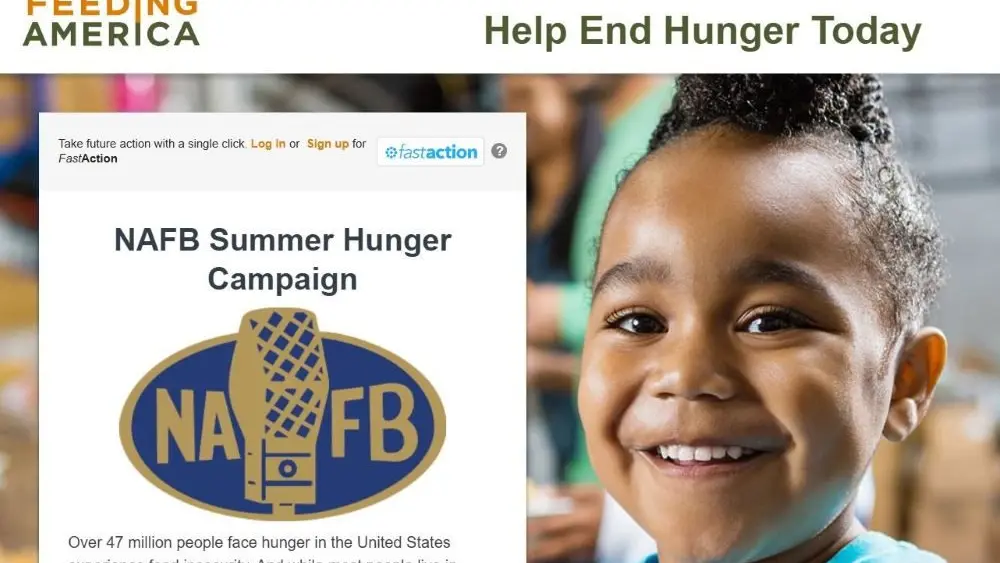As of the last report, 14% of the American workforce is not going in to work. This is the highest level since the Great Depression of the 1930s. Treasury Secretary Steven Mnuchin has predicted the rate could rise to 25% before the economy returns to normal. So what are all these people doing while they are not working and are self-quarantining at home? More and more are rediscovering the kitchen. Even those who are working are eating more meals at home because the vast majority of restaurants are closed or open only limited hours. This trend may have significant implications for agriculture.
For the past 20 years, more and more consumers were spending less time in the kitchen and less time eating meals at home. On average, people were eating away from home at least 3 days per week and many much more than that. The rapid growth in the fast food and food service sectors is a reflection of this trend. Even when food was prepared at home, time was limited and convenience was a driving factor for food choices. The livestock industry identified this trend and began making changes to the products it offered. Checkoff funds were devoted to developing ready to heat and eat meat options as well as recipes that were quick and easy. Unlike previous generations, many modern mothers lacked sophisticated cooking skills and did not have the time or confidence to make something from scratch.
A new trend that began a few years ago has been steadily gaining popularity: the meal kit. Here all the elements of a complete meal are assembled, pre-measured, and packed together with easy to follow step-by-step directions. With one of these kits, a person with minimum cooking skills can prepare a gourmet meal in a very short period of time in their own kitchen. A company called Blue Apron pioneered this concept, and several other firms have since developed. Consumers can order the meals online and have them shipped to their home ready to prepare.
Since the pandemic arrived and running out to the grocery store was restricted, these services have seen their businesses booming. Hello Fresh, one of the largest of these meal pack companies, reported a 66.4% increase in revenue and the addition of 4.18 million new customers. Blue Apron saw a 7% increase in revenue with the addition of 351,000 new customers. The number of meal kits shipped out during the first quarter of 2020 is up 1.76 million from the 4th quarter of 2019. Blue Apron CEO Linda Findley expects this trend to continue, “Even after restrictions are eased, we expect the new norm of cooking and eating at home will continue.”
Retail food stores are also cashing in on this trend. Market District stores package meals together with all the basic items ready to grab and go. Stores with deli departments are now offering complete cooked meals to pick up or even grab at curbside. With social distancing restrictions likely to remain in place for a while at restaurants, carside pickup and home delivery which are already on the rise will likely continue to grow. All this will means a lot more people are going to be eating a lot more meals at home.
These services do have a price tag that is higher than average and may be out of the reach of those on a limited food budget. Many also feature a lot of gourmet sounding names and exotic ingredients. With this trend seemingly well-established, more basic meal kits at lower price points represent a market opportunity. This seems to me to be an opportunity for the beef and pork sectors, especially, to develop products to meet this need. The COVID crisis will change many aspects of our economy and society; and where we eat and how we cook will be two of them.





